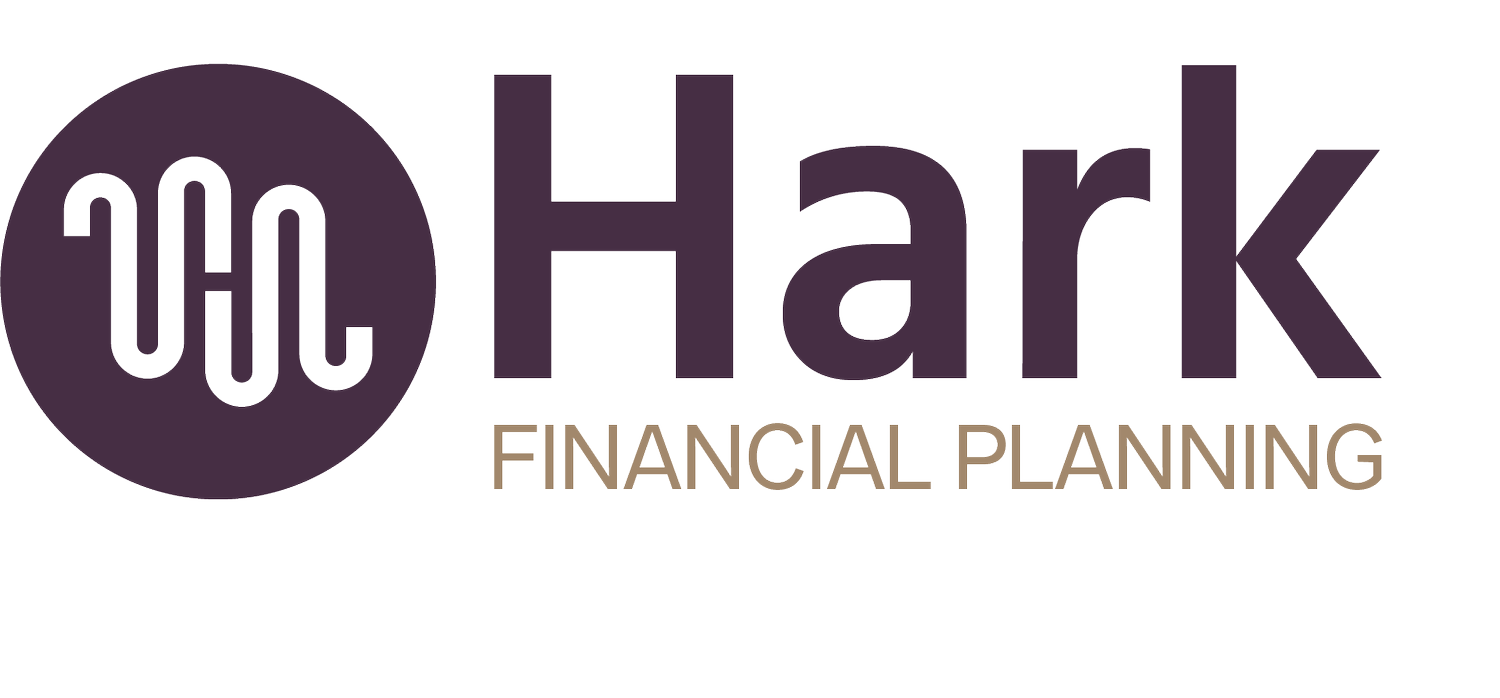Advanced Quarterly Estimated Tax Payment Strategies for Self-Employed Lawyers and Law Firm Partners
Managing your tax obligations when self-employed can be a complex and often daunting task. Quarterly estimated payments are an important part of this process, but there’s more to it than simply knowing when to pay.
In this article, we’ll explore the basics of quarterly estimated payments and advanced strategies to help you optimize your tax situation. This way, you can ensure you’re not overpaying or underpaying throughout the year. But first, let’s cover some background on quarterly estimated payments.
Understanding Quarterly Estimated Payments
The IRS requires self-employed individuals to make quarterly estimated payments because taxes aren’t automatically withheld from your income like they are for salaried employees. These payments cover your income tax, self-employment tax, and any other applicable taxes.
Federal quarterly estimated tax payments are typically due on:
April 15
June 15
September 15
January 15 of the following year
Missing these deadlines can result in penalties and interest, so it’s important to stay on top of them. Keep in mind that your state may follow the federal estimated tax payment deadlines or have a different set of due dates. But how do you know how much to pay?
Calculating Your Estimated Payments
Now that you know why and when to pay, the next step is figuring out how much you owe in taxes. There are three main steps to calculate this:
Estimate your income. Start by estimating your annual income, expenses, and deductions (this should include all sources of income including investment accounts). This can be challenging if your income fluctuates, but using last year’s income as a baseline can be a good starting point. You can use last year’s income to calculate the safe harbor amount to pay in order to avoid underpayment penalties and interest. You can learn more here.
Use Form 1040-ES. The IRS provides Form 1040-ES, which includes a worksheet to help you calculate your estimated tax payments. This form takes into account your expected adjusted gross income, taxable income, taxes, deductions, and credits.
Factor in self-employment tax. Remember to include self-employment tax (Social Security and Medicare) in your calculations. The current rate is 15.3% of your net earnings.
However, these are just the basic steps. There are even more ways you can make your quarterly estimated payments more efficient while paying just the right amount.
Advanced Strategies for Optimizing Payments
If you want to make the most out of your quarterly estimated payments, try some of these strategies involving staying ahead, enlisting help, and saving early:
Monitor and adjust quarterly. Regularly review your income and expenses throughout the year. If you notice significant changes, adjust your estimated payments accordingly. This can help you avoid overpayment or underpayment.
Maximize deductions and credits. Take full advantage of deductions and credits available to self-employed individuals. For instance, home office expenses, retirement contributions, and health insurance premiums can significantly reduce your taxable income.
Consider hiring a tax professional. A tax professional can provide personalized advice and help you implement tax-saving strategies. They can also ensure you’re compliant with all tax laws and regulations.
Utilize tax software. Tax software can help you track your income and expenses, calculate estimated payments, and generate necessary forms. Many programs also offer tips on maximizing deductions and credits.
Plan for retirement contributions. Contributing to a retirement plan, such as a SEP IRA, SIMPLE IRA, or Solo 401(k), not only helps you save for the future but can also provide significant tax advantages. These contributions can reduce your taxable income and, consequently, your estimated tax payments.
Set up a separate tax savings account. Consider setting up a separate savings account specifically for your estimated tax payments. Regularly transfer a portion of your income into this account to ensure you have enough funds when payments are due.
These are some common “pro tips” to follow. But also keep in mind a couple of key things to avoid when filing your quarterly estimated payments.
Avoiding Common Pitfalls
There are a couple of common quarterly estimated payment pitfalls to avoid, such as underpayment penalties and overpayment refunds. To avoid underpayment penalties, ensure that your total tax payments (including withholding and estimated payments) are at least 90% of your current year’s tax liability or 100% of your previous year’s tax liability (or 110% depending on your income level for the year), whichever is lower.
On the other hand, it’s also important to avoid overpaying. While overpaying can result in a refund, it’s essentially giving the government an interest-free loan. Aim to pay just enough to meet your tax obligations without significantly overpaying.
How You Can Use These Advanced Strategies
Managing quarterly estimated payments as a self-employed lawyer involves more than just meeting deadlines. By implementing advanced tax strategies, you can optimize your tax situation, minimize your liabilities, and ensure you’re making the most of your income.
If you need personalized advice or assistance with your tax planning, feel free to reach out. At Hark Financial Planning, we specialize in helping high-achieving professionals navigate their financial journeys with confidence and expertise.

